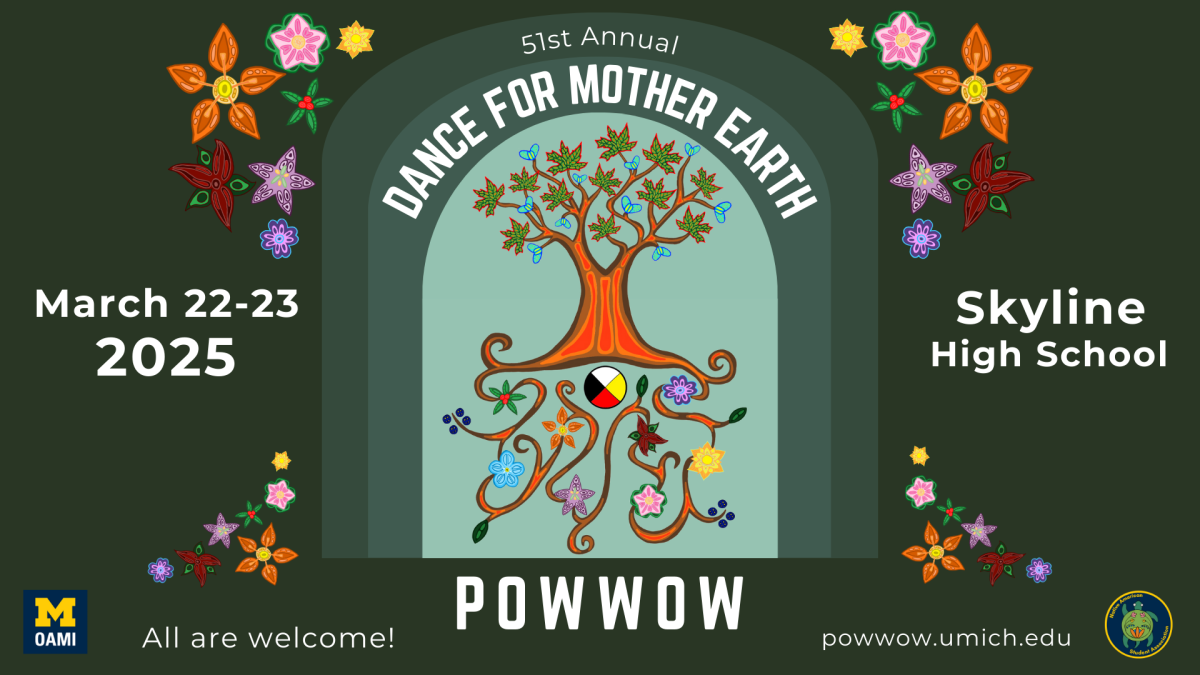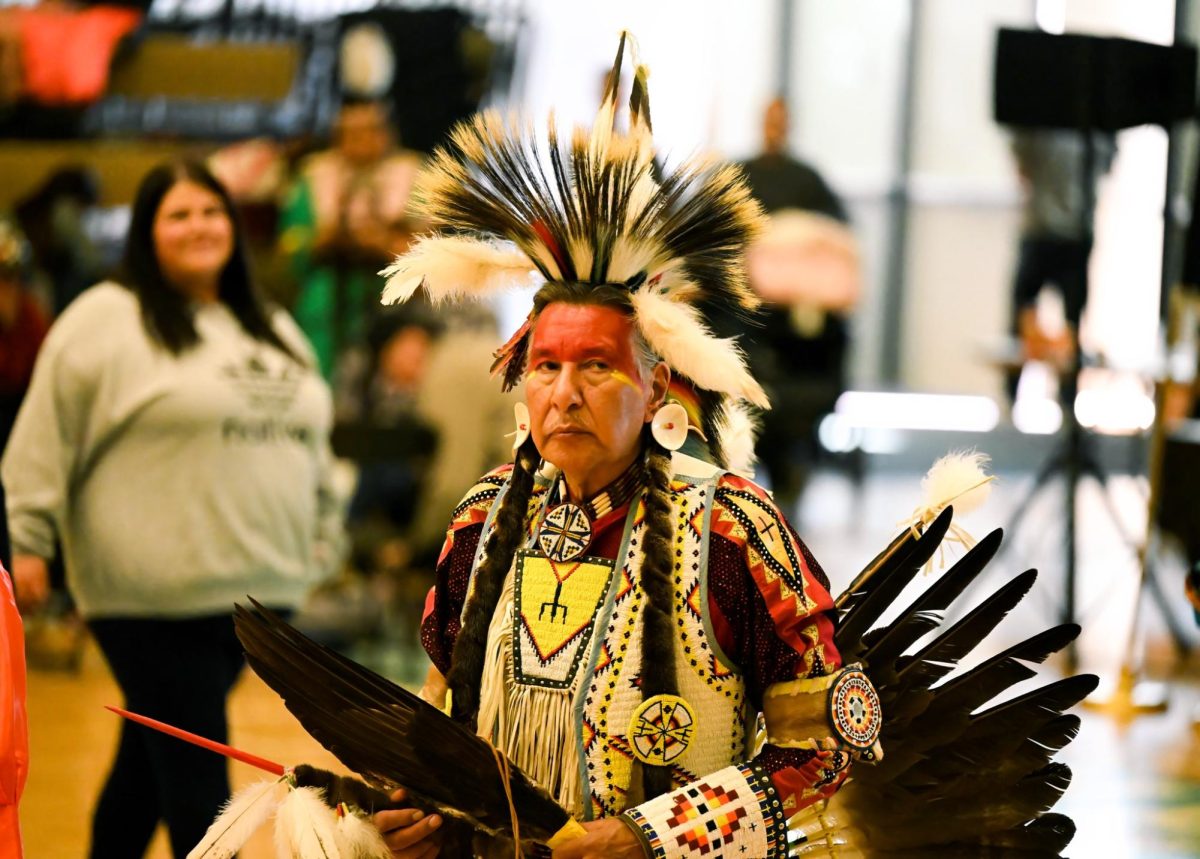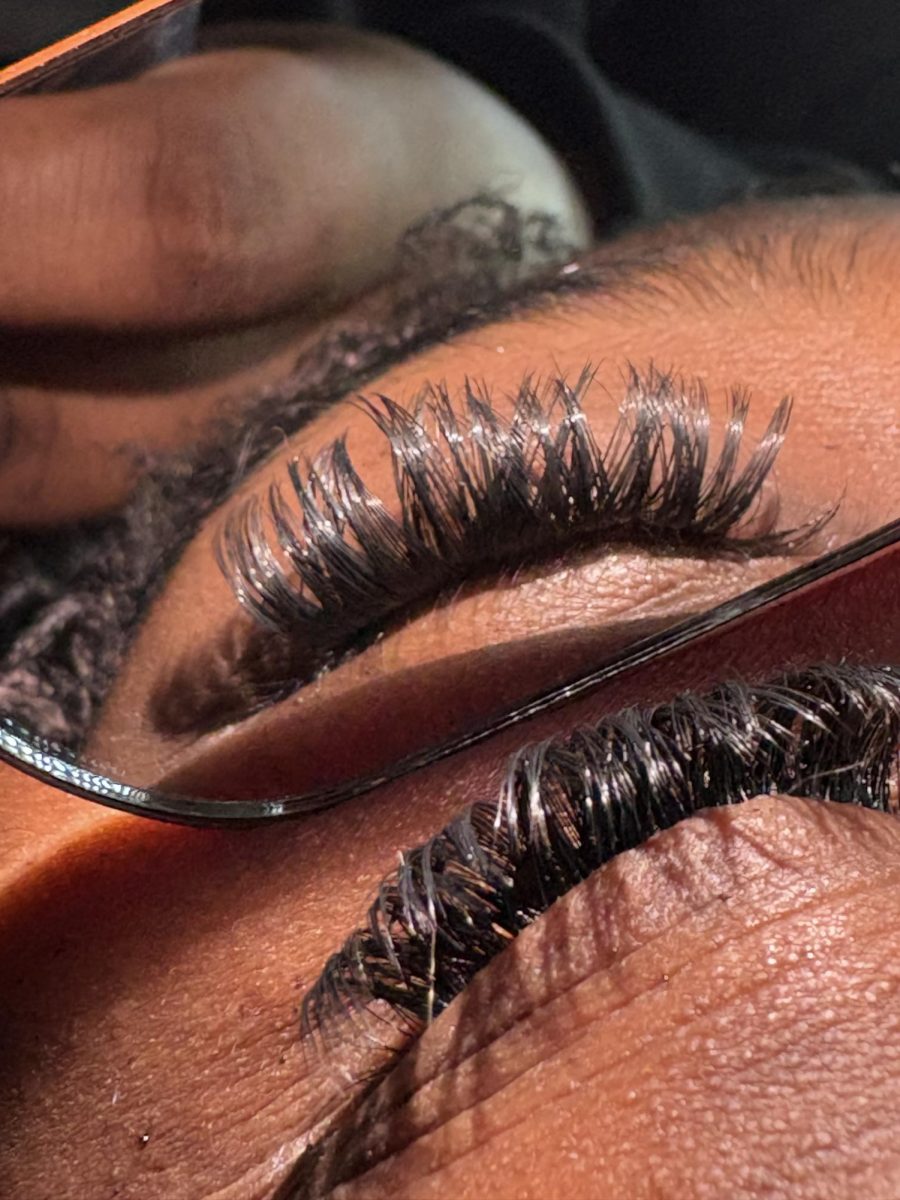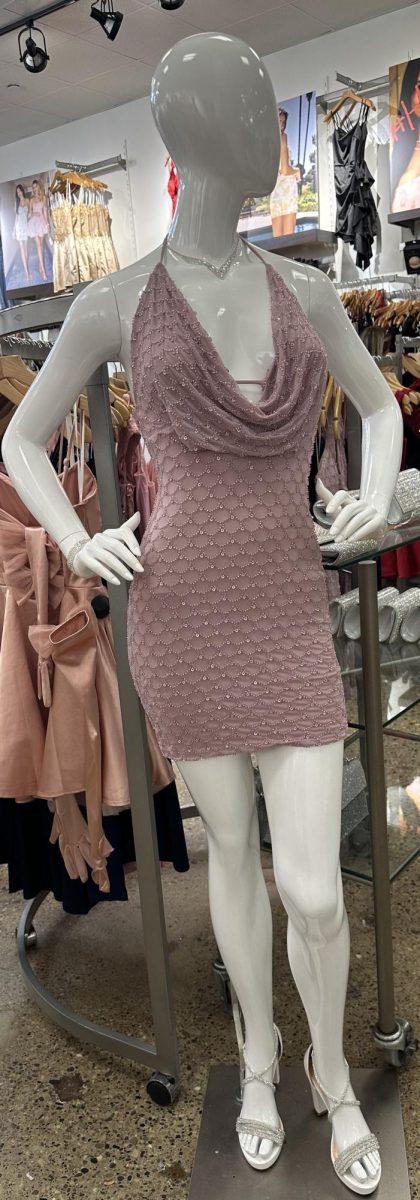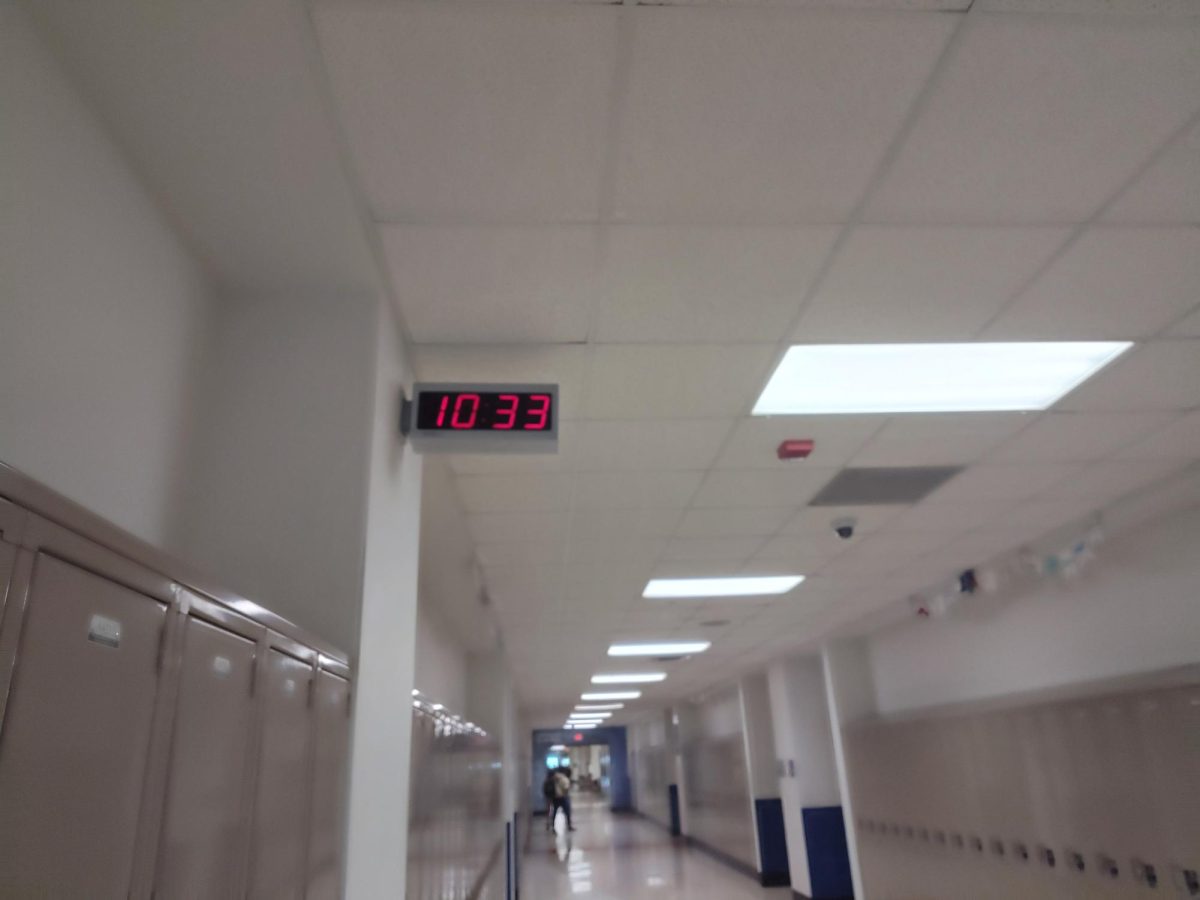“Today’s powwows are, at their core, an act of community resistance,” says executive board member of the Native American Student Association at the University of Michigan and one of the head coordinators of the 51st Dance for Mother Earth (DFME) Powwow, Elladiss Fuge. “They exist because Indigenous peoples have fought to maintain their cultures in the face of colonization, forced assimilation, and cultural suppression.”
The U-M is hosting the annual student-run Dance for Mother Earth Powwow, which will take place on March 22–23 at Skyline’s basketball courts and commons area. There will be traditional indigenous foods, indigenous-owned and run businesses, and drum circles accompanied by dancers in regalia competing in various forms of traditional dance.
“The Dance for Mother Earth Powwow welcomes dancers, singers, vendors, and attendees from many different tribal nations,” says Fuge. “We often see visitors from Anishinaabe communities in the Great Lakes region due to our location, but the powwow draws in nations from across North America. The powwow is a gathering space for all Indigenous peoples, and each year brings a mix of returning and new faces.”
The Powwow welcomes all people, and while it is a celebration of indigenous resilience and tenacity, visitors from all cultures are encouraged to attend and observe the many different cultural activities and events that take place.
“Respect is key — listen to the emcee for guidance, stand when flags and honor songs are presented if you are able to, and ask before taking photos,” says Elladiss. “Additionally, know that not every powwow is the same, but it is always recommended to attend one ready to learn.”
According to the 2024 DFME Powwow program pamphlet, an important part of the Powwow is the Grand Entry, when the dancers enter the arena lined up behind the Head Veteran, Flag Carriers, Head Dancers, and Princesses from different communities. The Head Veteran carries the Eagle Staff, (Native American Flag) and is responsible for retreating the colors at the end of each session.
“Drumming is at the heart of the powwow, and we’re excited to welcome some amazing drum groups this year,” says Fuge. “Meskwaki Nation is this year’s host drum and the winner of last year’s powwow. Each drum group brings its own unique style and energy, contributing to the powerful atmosphere of the powwow.”
After the Grand Entry, competitors dance in their respective style and regalia, of which there are six main types: traditional bustle, southern, and woodland, grass, fancy bustle, traditional buckskin and cloth, jingle dress, and fancy shawl.
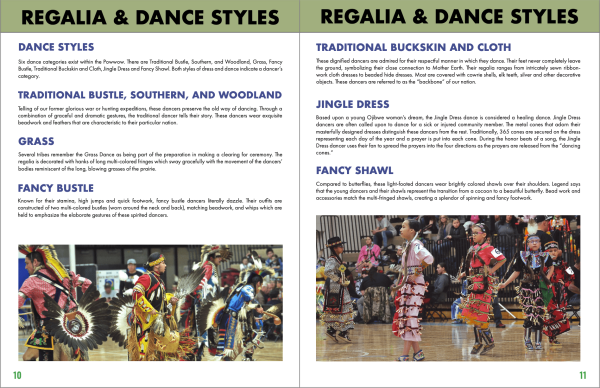
The continuation of this tradition means keeping alive centuries of indigenous culture and life despite U.S. government efforts to suppress and subjugate it.
“Coordinating the Dance for Mother Earth Powwow means carrying forward a tradition that has been nurtured by generations of Native students and Indigenous community members at the University of Michigan,” says Fuge. “We’re not just organizing an event, we’re continuing a space that has been vital for our community for over half a century. It’s a labor of love, and seeing everything come together makes all the hard work worth it.”

